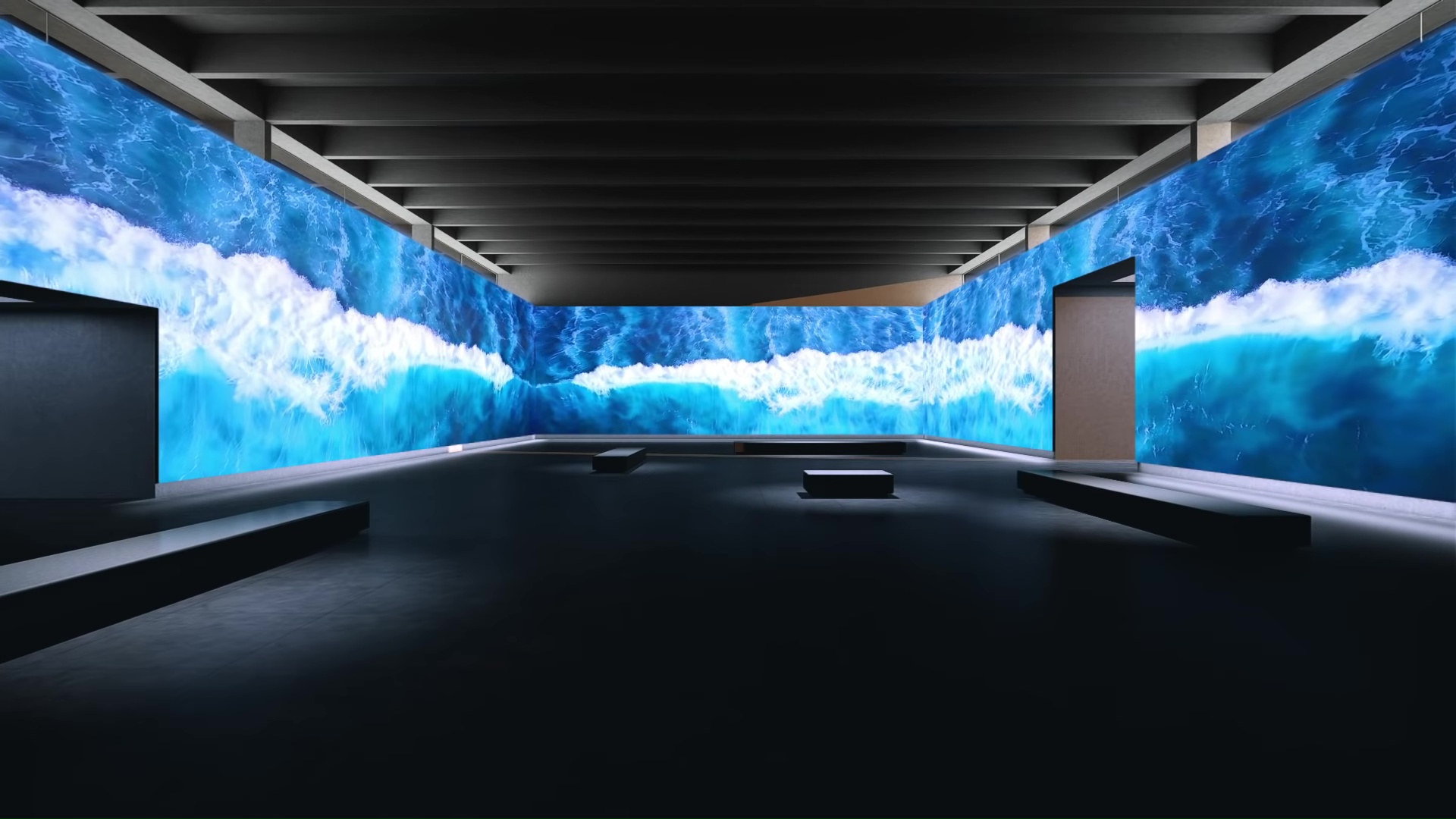Investigating How Resolution Affects the Performance and Visual Caliber of LED Walls in Modern Exhibition Technology
Investigating How Resolution Affects the Performance and Visual Caliber of LED Walls in Modern Exhibition Technology
Blog Article
LED walls are growing more and more popular in different environments, from musical events and sports events to corporate displays and creative installations. One of the most crucial elements that affect the functionality and image quality of these displays is resolution. Image resolution denotes the number of pixels that make up the image on the display. Increased image clarity means more picture elements, which can result in clearer and clear images. Understanding how image clarity impacts LED screens can assist users make informed decisions about their screen requirements.
When talking about image clarity, it is essential to consider picture spacing, which is the gap between the midpoint of one picture element to the center of the next pixel. A reduced picture pitch results in a higher resolution, allowing for more clarity in the visuals shown. For instance, an LED screen with a picture pitch of 1.5mm will provide a clearer visual than one with a pixel spacing of 3mm. This is especially crucial in settings where audiences are close to the screen, such as in a small venue or a trade event booth. In these situations, a higher resolution can significantly enhance the observing quality.
Another aspect of image clarity is its effect on color precision and luminosity. LED screens with higher resolutions often have better color rendering, meaning that the hues displayed are more lively and true to life. This is essential for applications like marketing, where the goal is to capture interest and communicate a concept efficiently. Additionally, higher resolution displays can preserve brightness levels even when viewed from different angles. This is crucial in big locations where viewers may be positioned at various distances and angles from the screen.
The functionality of LED screens is also influenced by resolution in terms of refresh rates and response times. A higher resolution display can support faster refresh rates, which is essential for dynamic content such as videos and animations. This means that the visuals on the screen will appear smoother and more seamless, improving the total observing quality. In comparison, lower resolution displays may led wall panel contrast ratio struggle with fast-moving content, leading to fuzziness or delay. Therefore, for occasions that depend on dynamic images, selecting a screen with a suitable resolution is critical.
In conclusion, resolution plays a vital role in defining the functionality and visual clarity of LED walls. Factors such as pixel pitch, color accuracy, brightness, update frequencies, and reaction durations all affect how effectively a display can convey information and capture viewers. As technology continues to advance, understanding these elements will assist operators choose the right LED wall for their specific needs, guaranteeing that they obtain the optimal potential results in their displays and occasions.